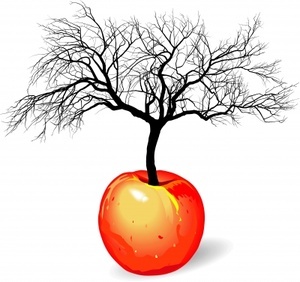
Mapping The Mobile Landscape: Will Amazon's Content Fuel Tablet Sales?
 In the first installment of our look at the major mobile device players we dissected Apple, who were really the first company to create a combined device/content store ecosystem. Already a growing force in the content market, last year Amazon entered the market with the Kindle Fire, a generally unimpressive piece of hardware that was mostly a BlackBerry Playbook with the serial numbers filed off.
In the first installment of our look at the major mobile device players we dissected Apple, who were really the first company to create a combined device/content store ecosystem. Already a growing force in the content market, last year Amazon entered the market with the Kindle Fire, a generally unimpressive piece of hardware that was mostly a BlackBerry Playbook with the serial numbers filed off.
At first glance Amazon's tablet business appears very similar to Apple's. Apple is the leader in music sales and Amazon is the top ebook seller. However their business models are actually polar opposites. The iTunes store is a side business for Apple, designed to help sell hardware. Amazon, on the other hand, sells tablets as an incentive to purchase content. Apple's profit margins are the highest of any device vendor. Amazon aims for volume at the expense of profit per unit.
For consumers this is a mixed bag. Amazon's music store is almost inconsequential in sales terms compared to iTunes but the selection is still good and the prices are competitive. Relative to Netflix their streaming video service, Amazon Prime, is similarly second string. Netflix has a distinct advantage in selection but that's also reflected in the price. In case it matters to you, and that would put you in the minority, Amazon also has VOD and (DRM-infested) video purchases.

 The end of the year is drawing closer, accompanied as always by the Christmas shopping season. In addition to the millions of tablets and smartphones being sold this also means a bumper crop of the latest devices from the biggest names in mobile computing.
The end of the year is drawing closer, accompanied as always by the Christmas shopping season. In addition to the millions of tablets and smartphones being sold this also means a bumper crop of the latest devices from the biggest names in mobile computing.








